 How Landlords Should Handle Emergency Repair Access With Tenants
How Landlords Should Handle Emergency Repair Access With Tenants
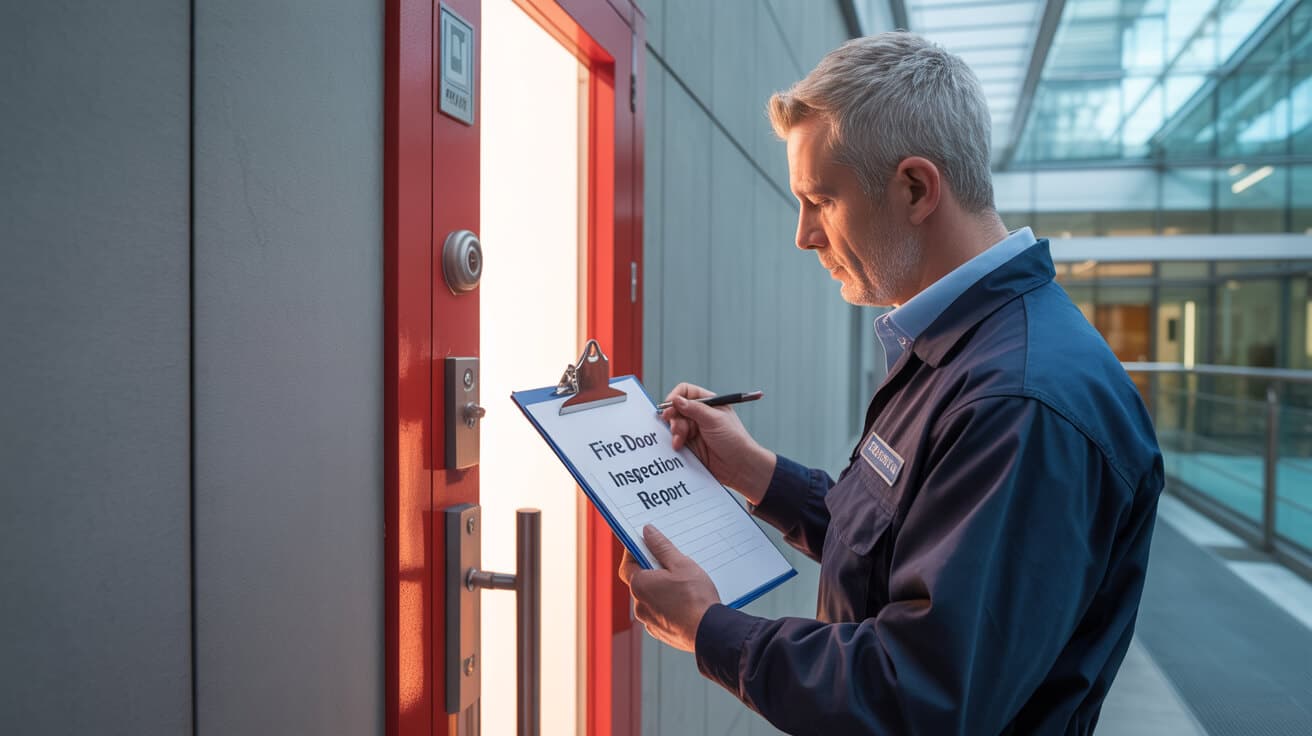
Why Handling Emergency Repair Access Defines Your Reputation as a Landlord
Every landlord faces a defining test at some point: a flooded flat in the night, a sparking fusebox, or heating failure in biting cold. How you respond in that moment isn’t just about stopping water or fixing a fault—it’s the moment your reliability, legal standing, and tenant trust are won or lost. Those “act now” situations spotlight one truth: process matters more than panic, and documentation is your real insurance.
When disaster strikes, your speed, transparency, and respect set the tone far beyond the fix.
Handling emergency access isn’t a dilemma between acting fast and following the rules. Smart landlords master both. This straight-talking guide arms you with clear UK protocols, reassurance against liability, and mindsets that turn your next emergency from stressful scramble into a showcase for trust—even when every minute counts.
What Legal Duties Must Landlords Meet in Emergencies?

In England and Wales, you’re bound by a legal duty that doesn’t defer to business hours: rented homes must be kept safe, structurally sound, and quickly repaired if health or property is at risk. The law doesn’t blink. Section 11 of the Landlord and Tenant Act 1985 spells this out—if water, heat, electricity, or critical systems fail, or hazards emerge, you must respond (Legislation.gov.uk).
Inaction, delay, or “waiting to see” isn’t just bad practice—it’s an open invitation to fail:
- Heavy penalties: Environmental Health can fine you for risking tenant wellbeing.
- Insurance jeopardy: Many insurers demand evidence you acted promptly—slow responses can void cover.
- Legal claims: Tribunals routinely award compensation if you “unreasonably withhold repairs” in an emergency.
The law expects landlords to act first, not wait for tenant convenience, but always with notification and a clear record.
Build emergency action into your compliance checklists. The best landlords treat urgent repairs like annual gas safety—non-negotiable, fully documented, and never left to chance.
Where’s the Line? Emergencies vs. Routine Repairs
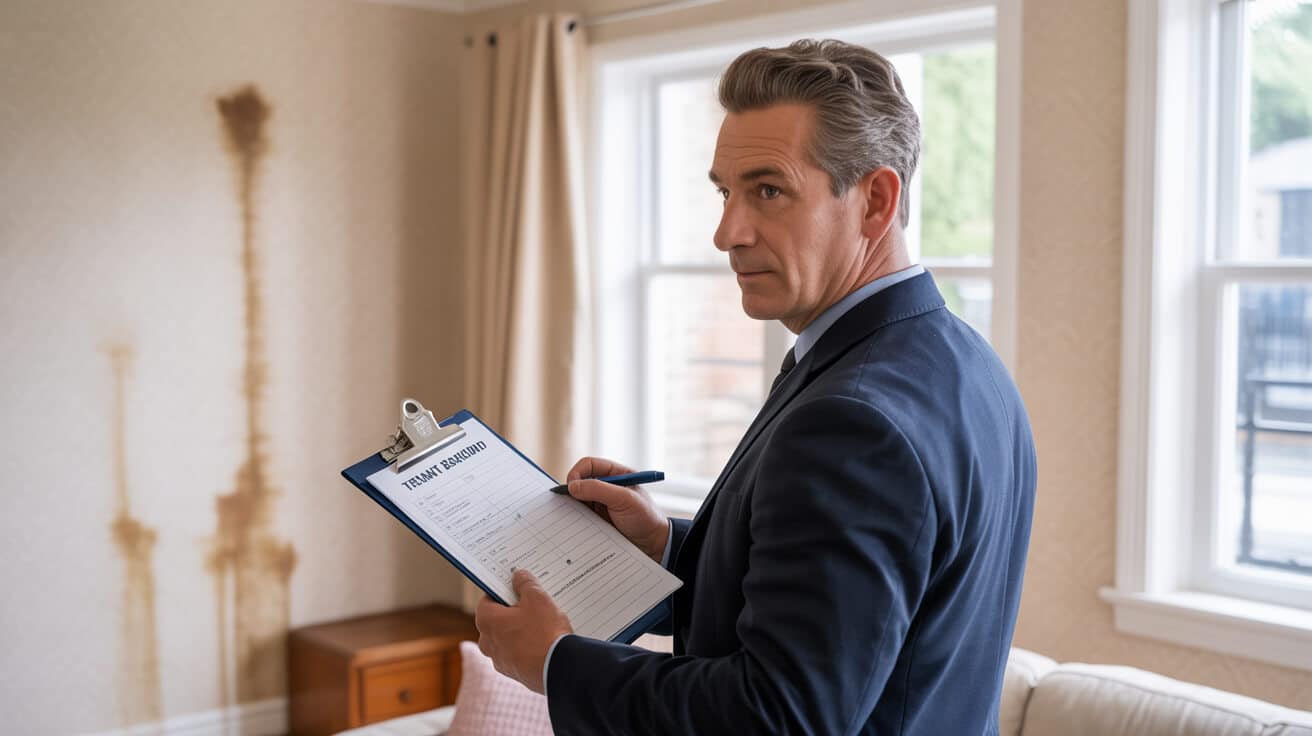
The most common errors come from blurred lines—classing every inconvenience as urgent, or, worse still, hesitating on a real threat. Here’s the distinction: an emergency repair is any event that poses direct risk to health, life, or the structure of the property. If it can safely wait a day, it’s routine.
True emergencies:
- Gas leaks or strong odour of gas: Shut off supply, alert National Gas Emergency immediately (0800 111 999), don’t delay.
- Live electrical danger: Exposed wires, sparking, total outages, or fire risk—these are not DIY fixes.
- Major water leaks or flooding: Burst pipes, ceiling collapse, or threat of structural water ingress.
- Total heating failures in dangerous weather: Elderly, infants, or disabled tenants without heat or hot water in winter.
- Active fire or locked alarms: Any situation where smoke, flames, or detector failure compromise safety.
Routine repairs—like a dripping tap, intermittent heating hiccup, or slow drains—do not justify unannounced access or skirting usual notice processes. Nor do lock change requests for tenant convenience, minor damp, or creaky doors.
If you’re ever unsure, document why you classified an issue as emergency or not, and communicate the rationale. Disputes evaporate when tenants see thoughtful, fair judgement backed by transparency.
Overusing ‘emergency’ as an excuse is as risky as holding back in a real crisis. Trust flows from precision, not panic.
What Communication Steps Protect You Before, During, and After Entry?
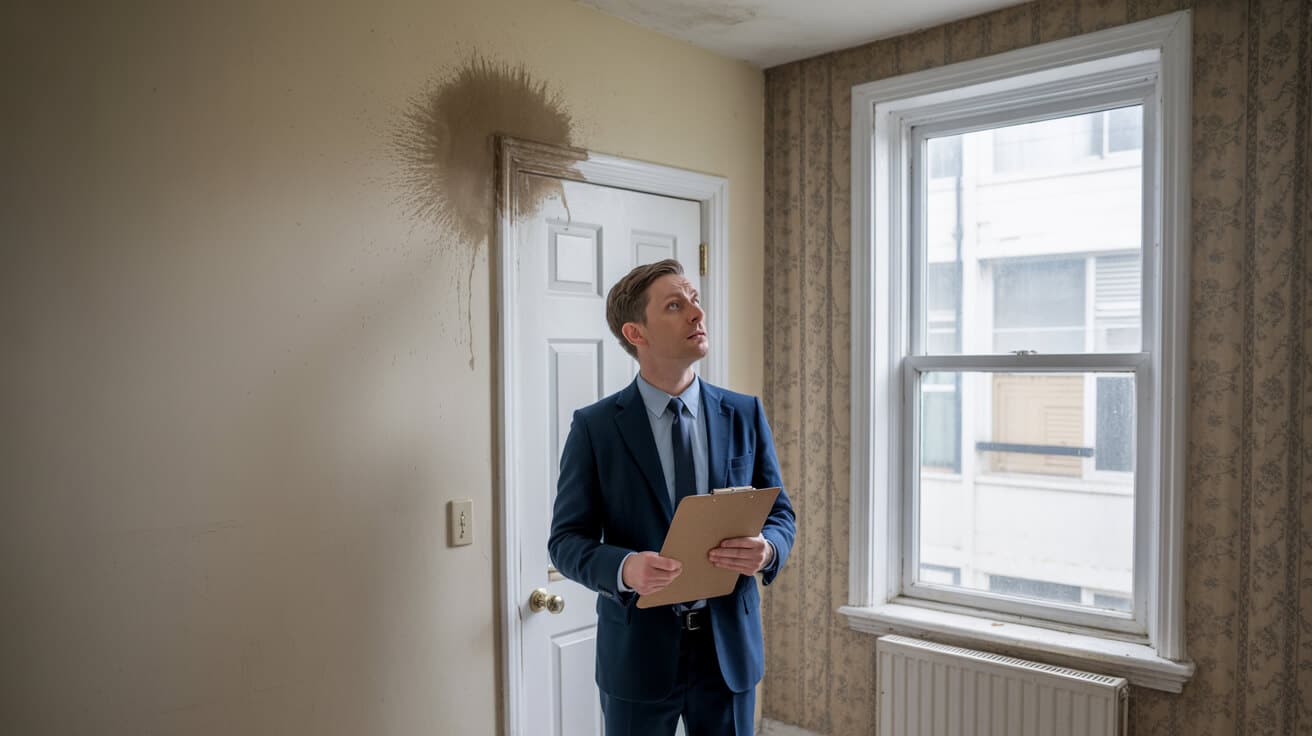
Emergencies demand swift intervention, but skipping communication is never an option. Communication is your shield—not just to inform, but to prove your process if anything gets questioned later.
Model communication steps:
- Multiple channels: Call, text, email, messaging apps—even a handwritten note. Keep time-stamped records.
- Transparency on entry: If entering without the tenant, leave a dated, detailed note explaining the who, what, and why.
- Fast digital follow-up: Send summary photos and repair details by email or WhatsApp straight after the job.
Modern best practice is clear: “Informing tenants by every practical channel, and thoroughly documenting your efforts, prevents disputes and shows respect in stressful moments.” (NRLA)
Why is this level of communication critical?
Tenant complaints and disputes rarely arise from the repair itself—they’re nearly always about lack of notification or opaque records.
Process, not personality, is your greatest protector when tensions run high.
Do You Have a Legal Right to Enter a Property Without Notice?
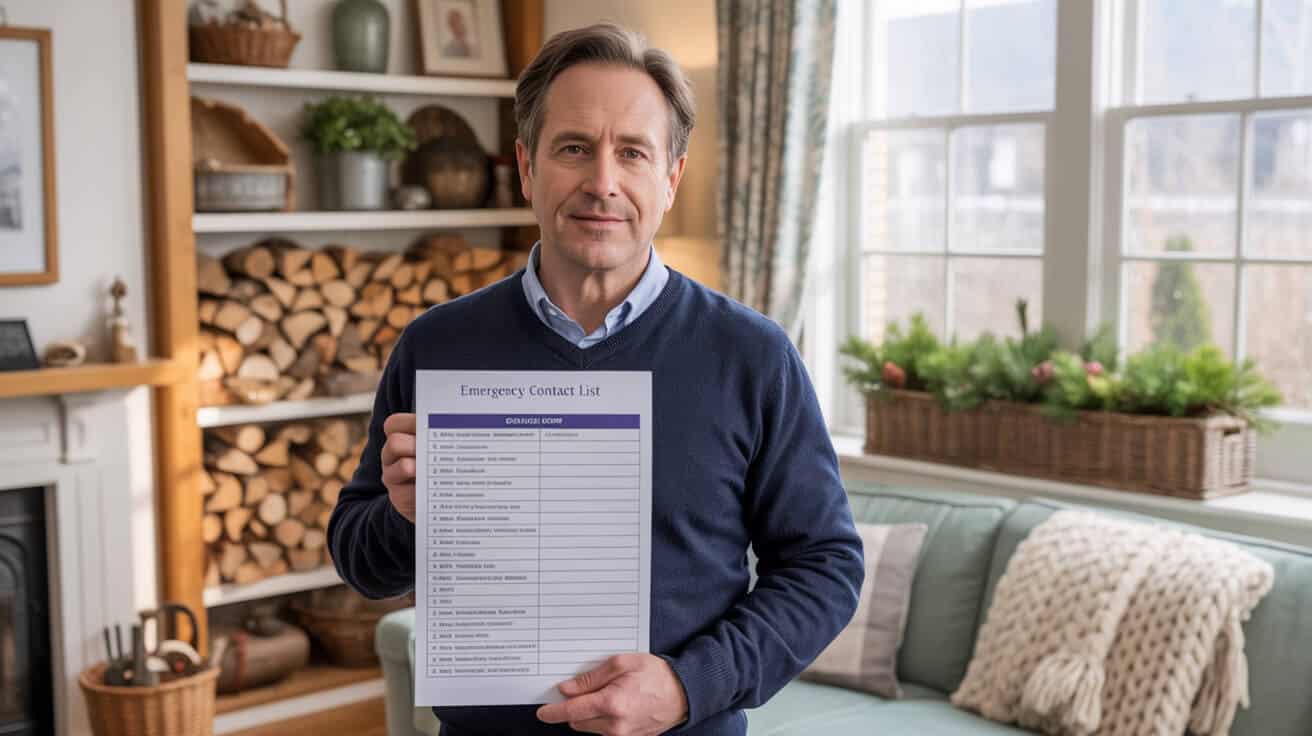
Yes, during a validated emergency you have the right to enter without standard notice—but only after making all reasonable efforts to contact the tenant. This is a tightly controlled exception, not a shortcut for convenience.
Access protocols:
- Routine repairs/inspections: Always give 24 hours’ written notice and arrange a mutually reasonable time.
- Emergencies: You may enter immediately, but document every attempted call, message, or email first.
Safety layer:
Whenever an emergency means entering an empty property, bring a neutral witness if possible, use technology (bodycam, timestamped photos), and always secure the property before leaving.
Absent tenant? Respect these steps:
- Attempt contact by every channel—log each method and response time.
- Use master keys only for established emergencies, never routinely.
- Leave both on-site written notice and a digital message.
- Lock up and double-check the property before leaving.
Entering just-in-case or for routine tasks is a recipe for legal trouble. Save emergency entry for real emergencies—and always over-communicate.
How Do You Balance Emergency Access with a Tenant’s Right to Privacy?

Legal rights run both ways—tenants have the right to undisturbed occupancy, called “quiet enjoyment.” Emergencies bend, but do not break this standard. The difference between a respected relationship and a bitter dispute is how you handle this line.
Essentials for maintaining trust:
- Confine your visit strictly to the area needing attention—no extra inspections or curious looks.
- Keep disruption to a minimum, relocating tenant items only if genuinely necessary.
- Apologise for the intrusion, and invite dialogue or questions.
- Log not just the work done, but exactly what was accessed (and what wasn’t).
Guidance is unambiguous: “Entry without tenant agreement is only validated by a proven emergency; standard repairs require notice and consent” (Lawpack).
Most grievances are not about access—but about how it was explained, justified, and followed up.
What If a Tenant Refuses Emergency Access?
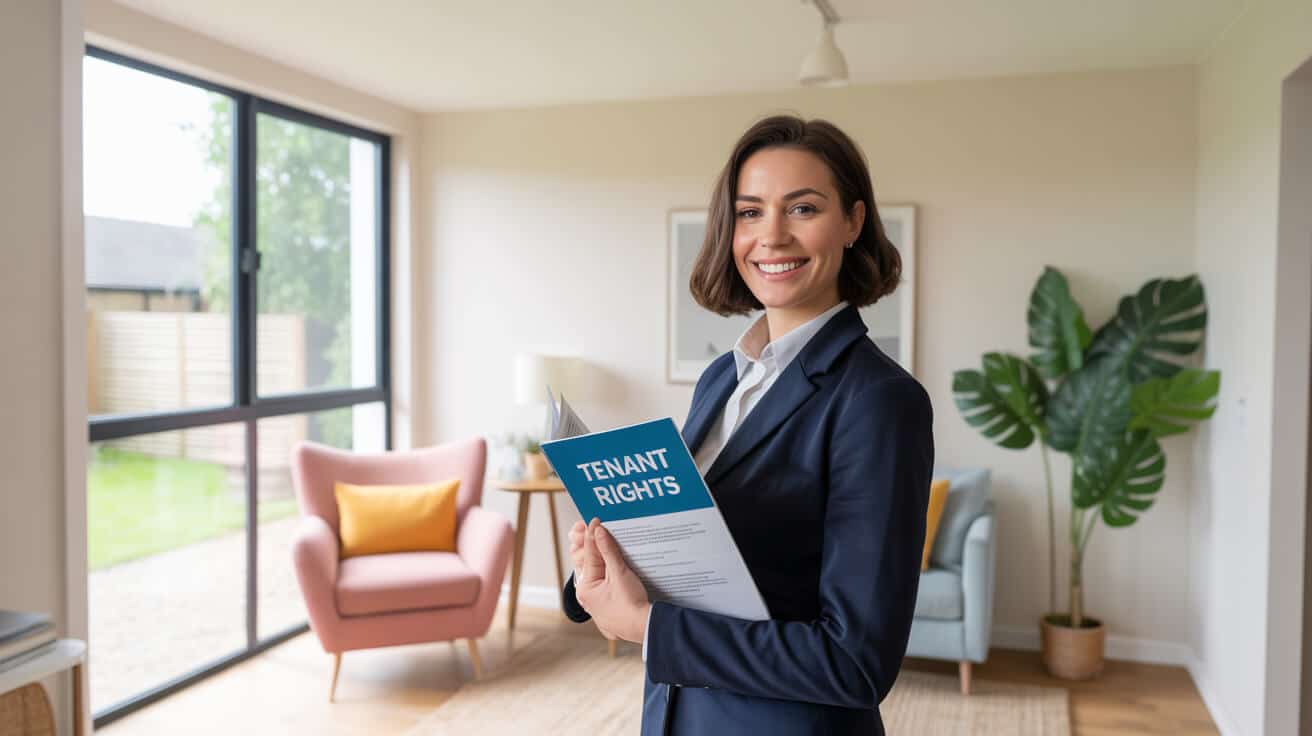
Sometimes tenants don’t believe a risk is real, or worry about privacy. The answer is always transparency, written proof, and patient escalation:
- Clearly outline the imminent risk, its impact, and your legal responsibilities.
- Emphasise that acting now is for their safety.
- Keep time-stamped records of every attempt (calls, texts, notices), and keep language strictly factual.
If a real risk persists and tenants still block access:
- Seek support from your agent or legal advisor.
- Contact Environmental Health or the local council if there’s a safety risk.
- Only consider court action or forced entry with legal authorization or police guidance.
Forcing entry ends trust. The paper trail earns it back.
Most disputes deflate when tenants see thorough records, measured tone, and a safety-first approach.
How Do You Document Emergency Repairs for Full Legal Protection?

Your “emergency playbook” must start and end with robust records. A fast, fully documented response is your best defence before insurers, regulators, or a tribunal.
Your record should always include:
- Chronological contact log: Each attempt, time, and channel.
- Before, during, and after photos: Of the issue, the work done, and the final fix.
- Visitor/witness list: Names, credentials, and purpose of every person entering.
- Incident summary: What triggered the emergency, what actions you took and when.
- Tenant follow-up: Send the same summary and images to the resident and managing agent.
Landlord and insurance leaders insist: “Insurance and compliance claims now depend as much on rapid, complete records as on the repair itself” (NRLA).
Tip: Digitise everything. Use cloud storage, digital logbooks, and mobile photo uploads for airtight evidence.
You can’t script every emergency, but you can always run a tight process.
How Do All Services 4U Ensure Emergency Repairs Protect Both Landlord and Tenant—Every Time?
All Services 4U brings calm, compliance, and documentation to every property emergency. When the unexpected hits, our certified technicians know the law line-by-line—and execute transparent, respectful, and efficient repairs, day or night.
Our promise in an emergency:
- Certified, code-savvy technicians: Every team member is multi-trade, City & Guilds qualified, and fully briefed on access rules.
- Digital evidence on demand: Every stage is time-stamped, photographed, and catalogued for your records and peace of mind.
- Immediate, multi-channel updates: Tenants and landlords stay in the loop—before, during, and after every job.
- Round-the-clock support: Real emergencies never wait, and neither do we—24/7 deployment with zero corner-cutting.
- Compliance-first culture: Protocols evolve with regulation, and our digital trail stands up to council, tribunal, or insurer scrutiny.
“All Services 4U’s emergency process matches the latest compliance standards and delivers a worry-free paper-trail that landlords and tenants can both trust.” (allservices4u.co.uk)
Choosing experts who value process as much as speed is the surest insurance policy for every asset on your sheet.
Step-by-Step: Hector Gauge’s Emergency Access Protocol—For Landlords Who Want Zero Doubt
🛠️
1. Confirm the Emergency Type and Urgency: Review the tenant’s issue, check for evidence (photos/video), and decide if inaction poses immediate risk.
2. Try Every Method to Contact Tenant: Phone, text, email, WhatsApp—even a note on the door. Log each attempt with exact times.
3. Only Enter if Absolutely Necessary: Bring a neutral witness if you can, put on PPE, show ID, and document every step—photos, video, time stamps.
4. Make Safe First, Then Repair: Secure dangerous supplies—shut off water, gas, or power; deal with the urgent risk before fixing the fault.
5. Restore, Secure, Lock Up: Double-check all entry points and affected rooms before you leave.
6. Leave a Full Written and Digital Summary: On-site letter plus digital copy sent to tenant and managing agent—detail what was done, the timings, and why urgent access was needed.
7. Back Up with Photos and Evidence: Share “before and after” records with all parties, and file copies for insurance or council checks.
🛠️
Emergencies aren’t just fixed—they’re documented, explained, and backed by evidence. That’s peace of mind for you, your tenants, and your business.
— Hector Gauge, All Services 4U
Templates, Tools, and Direct Contact: Ready When You Need It
Emergencies are never solved by luck; they’re solved by process. Prepared systems mean property managers and landlords stay out of trouble, even at 2am.
- 2024 Emergency Notification Letter: Customisable and ready to send, so notice is never forgotten.
- Digital Emergency Logbook: Mobile-first checklist to capture actions from first alert to job’s end—calls, entries, repairs, photos, time stamps.
- 24/7 Expert Support Line: Real humans on the end of the phone, every day of the year.
Preparedness isn’t a nice-to-have. It’s what stands between you and bad press, insurance denials, or tribunal headaches.
Protocol doesn’t care about panic. The best landlords build systems that work even when nerves don’t.
Make Your Emergencies Routine—Partner with All Services 4U for Law-Proof Emergency Access
Emergencies can define your brand—with tenants and with asset managers. Let All Services 4U turn your next urgent callout into a storey of calm, compliant control. Our specialists keep your repairs timely, your processes auditable, and your tenants confident in every step.
No more hoping late-night problems just… disappear. Choose partners who bring speed and scrutiny, compassion and compliance. Nothing proves your professionalism—or protects your investments—quite like flawless handling of the worst days.
Ready to bulletproof your property playbook? Call All Services 4U now and make every emergency your finest hour.
Frequently Asked Questions
When does a landlord in the UK have the legal right to enter rented property immediately—without tenant notice?
Immediate entry without notice is only lawful for landlords in the UK when a real emergency threatens life, safety, or serious property damage. This covers urgent situations that demand action so swiftly that delay would cause harm—such as an active gas leak, spreading fire, mains water breach, exposed live electrical wires, structural collapse, or the property being left open due to a broken lock or door. If you wait for permission in these cases, you risk not only greater damage but legal trouble for failing your responsibility to protect both the tenant and the asset.
Emergencies define themselves: if waiting even an hour piles on risk, the law expects you to act instantly—and to prove every decision you make.
What counts as an emergency justifying immediate entry?
- Confirmed or suspected gas leak:
- Uncontrollable fire or smoke present:
- Major internal flooding or burst pipes:
- Active risk of electrocution (exposed live wires, severe sparking):
- Serious structural failure (collapsed ceiling, wall, or stair):
- Security breach (broken exterior door/window, lock malfunction that exposes building to intruders):
Everyday problems—such as loss of heat, small leaks, or a non-urgent appliance fault—never justify instant entry. In these cases, the 24-hour written notice rule still stands. And even in a bona fide emergency, you must keep clear records showing that immediate access was the only reasonable path. Always try every available channel to reach the tenant before entering, unless doing so delays the response to a degree that itself would cause harm.
How does this impact insurance and compliance?
If you fail to act when required, insurers or regulators may argue you neglected your duty—denying coverage or imposing fines. On the flip side, acting too broadly or without proven urgency can mean you breach privacy laws and trigger compensation claims. The safest route: stick to urgent issues, log every outreach, and keep to the affected area only.
How should landlords notify tenants before, during, and after emergency entry or urgent repairs?
In an emergency, your obligation is speed and documentation. That means contacting the tenant the very moment you spot the issue or are informed of it—before stepping inside if at all possible. Use every fast communication available: call, text, email, WhatsApp, and consider a written note through the door (photograph for your own record). State clearly what is happening, why urgent entry is required, and what repairs or services are en route.
Once the emergency job is finished, leave a written account of your entry—including every action, names of those present, contact details, and the secure state of the property. Follow up with a digital confirmation and attach before/after photos if available. Every attempt to reach the tenant, and their response or lack thereof, should be logged. Digital logbooks or emergency response apps make this smoother and create a real-time audit trail that proves your professionalism at every step.
Fast, clear, and multi-channel updates won’t slow you down—they’ll save you days and protect your reputation when the pressure’s on.
What’s the sequence for lawful notification and record-keeping?
- Attempt immediate contact before entering (phone, SMS, email, note on door)
- Document your method and time for each attempt
- State the issue, who’s entering (landlord, engineer, emergency crew), and expected timing
- After urgent action, leave a note and send digital confirmation covering work done and property status
- Store all logs and communication receipts (screenshots, voice mail, delivery status) in a secure, time-stamped file
- Use digital reporting templates from your property management partners to streamline compliance
Notifying tenants using this fully tracked, multi-step approach not only keeps you within the law—it also builds undeniable trust and respect, even when stress is running high.
What steps can landlords take if a tenant refuses emergency access, and when is forced entry justified?
Tenant refusal in a real emergency is tense but manageable—if you document each move. First, set out the risk and your legal obligation to act (Section 11, Landlord and Tenant Act 1985) in writing, via all accessible channels. Try negotiating or offering to coordinate times; suggest the presence of a letting agent, contractor, or other neutral witness.
If the tenant still refuses and there remains a clear and present danger, escalate without emotion: notify Environmental Health, the local council’s housing team, and your property insurance provider. Log every outreach and their lack of consent. Only proceed to forced entry when there is no other option and the documentation would convince a third party—your insurer, a court, or regulator—that you exhausted every alternative.
Have a neutral witness present during forced access—ideally a tradesperson, agent, or police officer if warranted. Once resolved, restore security immediately, provide full documentation to the tenant, and stay transparent about every action taken.
When you pair calm, relentless communication with an ironclad evidence trail, you turn even disputes into lessons for everyone involved.
Emergency access refusal: escalation flow
- Written, multi-channel legal notice referencing your duty and the risk
- Keep a contemporaneous log: times, messages, responses, witnesses
- Offer reconciliation (third-party presence, flexibility on timing, alternative points of entry if possible)
- If denied, involve local authorities and legal counsel before forced entry
- During forced entry, ensure independent witness and avoid unnecessary intrusion
- Immediately after, secure property, log every step, and deliver full evidence to all parties
Most escalations resolve before forced access—clear documentation and steady communication break down mistrust and demonstrate that you are a responsible, by-the-book landlord.
How can emergency entry be managed to respect tenant privacy and safeguard their right to quiet enjoyment?
Emergency doesn’t cancel tenant privacy or their right to live undisturbed. Your entry must be strictly limited to neutralising the risk—no broader inspections, no wandering, no commenting on unrelated issues or possessions. Stay within the affected area, fix the immediate danger, then restore every lock, light, and door as you found it.
After the work, give the tenant clear, plain-language documentation listing what rooms you accessed, what was touched or repaired, who was present, and for how long. Apologise for the disruption, explain why each step was needed, and invite follow-up. Whenever possible, let tenants see or request logs, before/after photos, or a contractor report.
Respecting privacy under stress isn’t just legal—it’s how you turn an emergency into an opportunity to build trust and even positive word of mouth.
Privacy protection checklist for emergency entry
- Limit entry to affected areas only
- Refrain from handling or inspecting unrelated personal property
- Keep a room-by-room log of your actions—including times and repairs
- Photographically record only the relevant zone after asking permission if possible
- Never use emergency as cover for routine inspection or evidence gathering
- Promptly supply tenants with your full entry/repair record
This boundary-respecting approach protects your reputation and provides tenants with the confidence that you take their rights as seriously as their safety.
What documentation do UK landlords really need after emergency repairs—legally, for insurance, and for peace of mind?
Landlords who win disputes—whether with tenants, insurers, or authorities—are those prepared with comprehensive, instantly accessible records. Log the initial emergency alert with time and source (tenant’s report, sensor alarm, neighbour), and capture each step: every attempted contact, entry event (who entered, when, how), and all work performed. Before, during, and after repair photos are vital, especially for insurance claims.
Keep all notes, messages, and receipts together in a cloud-based platform (or at minimum, scan them for digital storage). For multi-party jobs or tradespeople hires, obtain time-stamped contractor reports and signatures. Secure the final handover of keys, and record how you left the property—locks secured, alarms reset, etc.
| Stage/Item | Essential Record | Why It’s Needed |
|---|---|---|
| Incident Alert | Time, source | Justifies emergency response |
| Contact Attempts | Methods, times | Shows compliance with notice law |
| Entry Event | Who/when/how | Protects against trespass claims |
| Work Log | Repairs & parts | Satisfies insurance & quality |
| Visual Evidence | Photos/videos | Accelerates claims, resolves dispute |
| Security Handover | Keys, lockdown | Proves return to safe custody |
Consider integrating third-party platforms for digital logs or using a property partner who provides these by default—this dramatically reduces the risk of record loss or gaps that hurt your legal position.
How do professional systems and proven partners make emergency access safer and more efficient for landlords?
Elite landlords future-proof their risk by deploying digital systems, compliant templates, and verified 24/7 partners. Start with cloud-based notification and repair logs reviewed every six months, and work only with maintenance teams who guarantee time-stamped documentation—including photos and signed reports. Pre-agree escalation steps with all personnel, so even the most panicked incident follows a calm, rehearsed chain.
After any emergency intervention, quickly audit the process: minutes lost, gaps in the record, or any tenant communications that need adjusting. Refine your workflow after every incident and drill with your team annually. Provide tenants with direct, open paths for reporting emergencies—acting fast on every message builds your brand as both responsive and trustworthy.
Choose a property partner like All Services 4U: you gain access to rapid, end-to-end emergency support, transparent recordkeeping, and instant compliance with insurance or legal protocols. Landlords using this approach have fewer disputes, faster claim acceptance, and stronger reputations among tenants and peers.
Great property management isn’t about luck—it’s about readiness. Make emergencies a proof point, not a black mark, by systemising every response.
Essential risk-reduction toolkit
- Cloud-based templates and logbooks for every stage, reviewed and updated twice a year
- Reliable maintenance partners offering time-stamped digital logs, evidence photos, and compliance documentation
- Annual scenario drills covering the most common emergencies (leaks, fires, security breaches)
- Clear escalation maps and pre-vetted contacts for council, authorities, and contractors
- Automated, tenant-facing reporting channels for urgent issues
Take these steps and emergency access transforms from a liability into a leadership opportunity, cementing your status as a trusted, forward-thinking landlord or property team.



